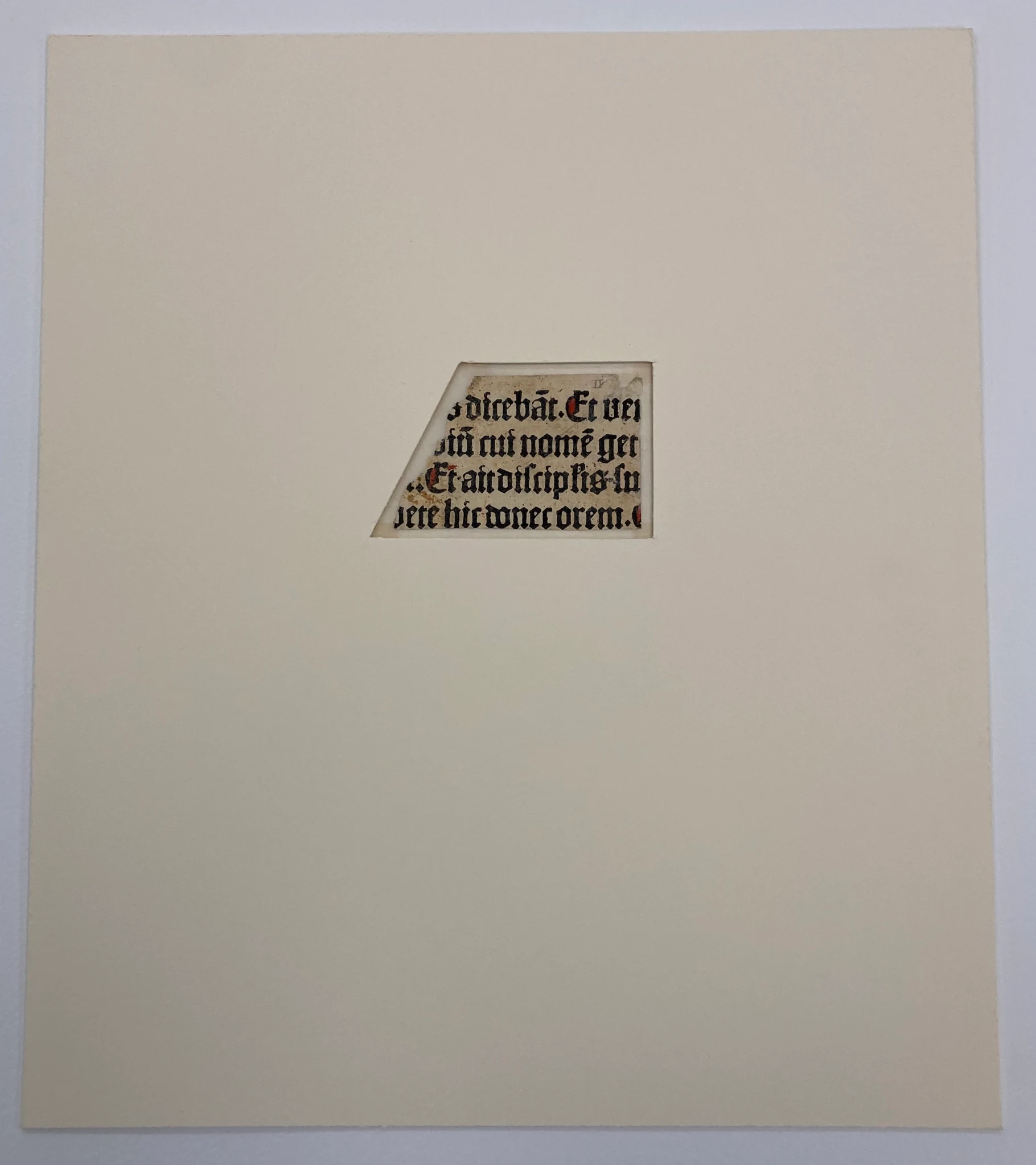Fragments
When readers in Western Europe turned their eyes to printed books, around the middle of the 15th century, handwritten books became old-fashioned, unwanted, and ultimately obsolete. Bookbinders began to disassemble medieval manuscripts and recycle their strong parchment leaves as binding materials. Thousands were systematically destroyed over the next two centuries...
That’s Erik Kwakkel back in November writing about how old manuscripts are still found hidden in the bindings of printed 16th century books. This is a tragedy—the loss!—but there’s also something dreadfully romantic about it and how we’re all making books out of other people’s books. If you crack open a book and tear out all the pages, then somehow underneath you’re likely to find a secret book buried inside. That’s cute!
Thanks to this paper recycling and the ravages of time, mostly fragments of these old manuscripts survive. Erik argues that these fragments are better than the full text for teaching though; they’re easier to read and hold, without the risk of breaking anything. You can put your grubby little hands on them without fear that you’re doing colossal damage to a priceless treasure.
But there’s a picture that Erik snaps at the The University of British Columbia where the conservation specialist had framed one of these fragments in a rather beautiful way...

I love this picture so very much. It’s like—look at everything we’ve lost! We’ve preserved so very little of our past and the work of those who came before us and this little fragment at the center of this canvas illustrates that loss. But, also, look at this cute little boy we saved; he’s so tiny! He is delicate and soft and battered by time.
We must preserve him forever.